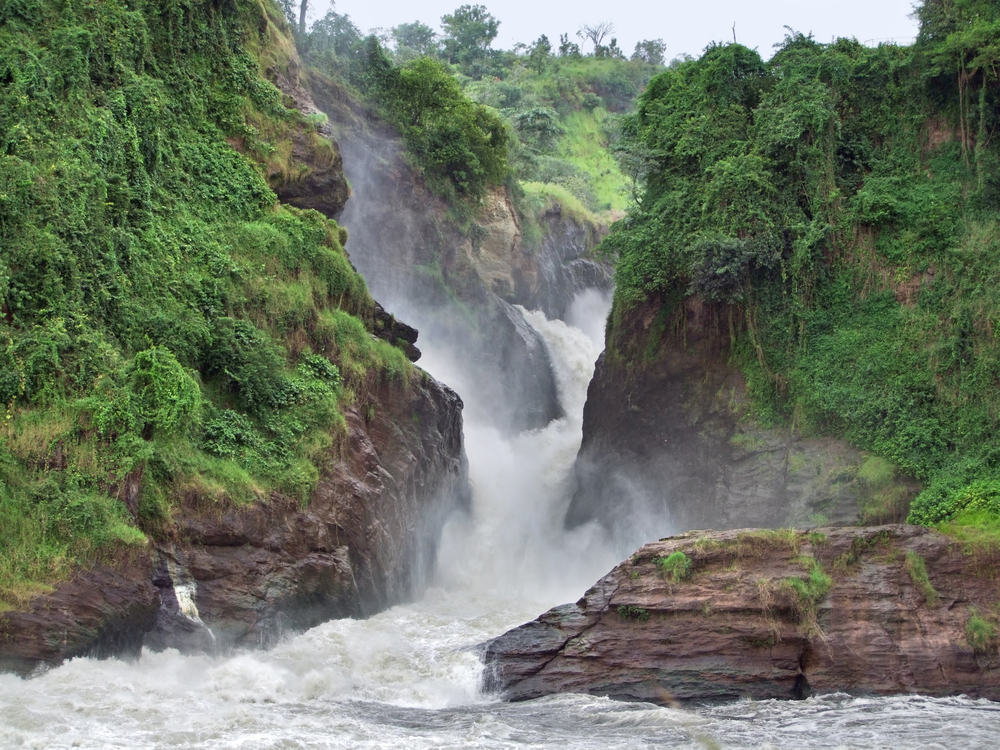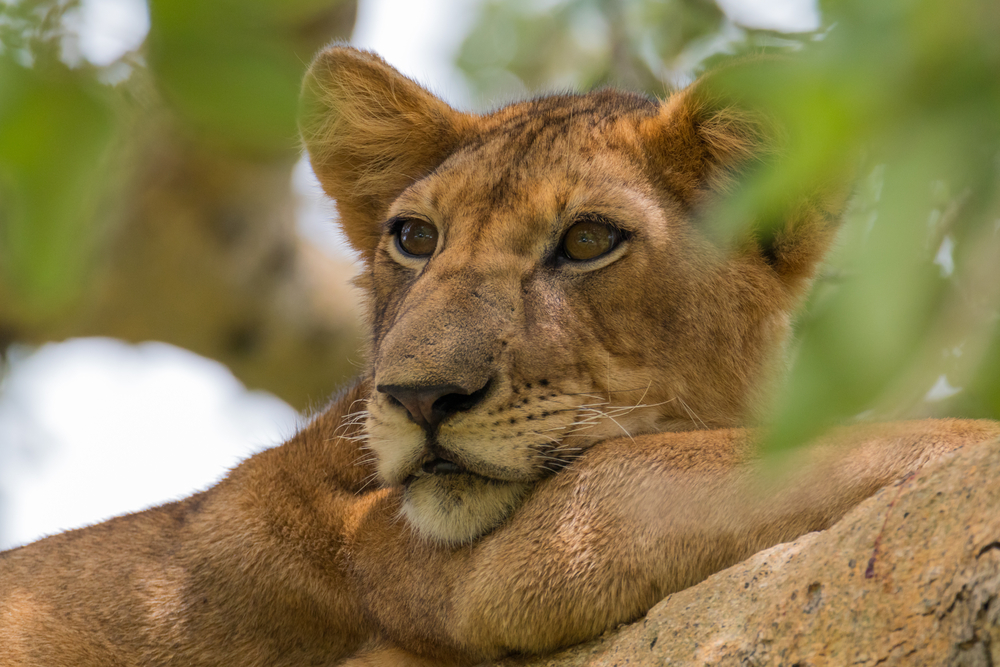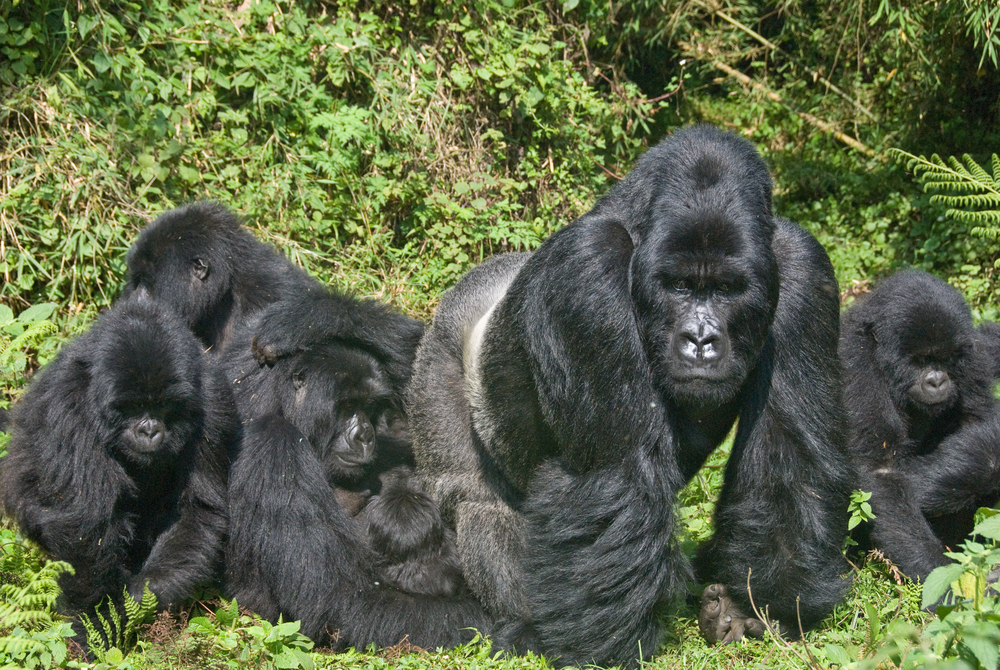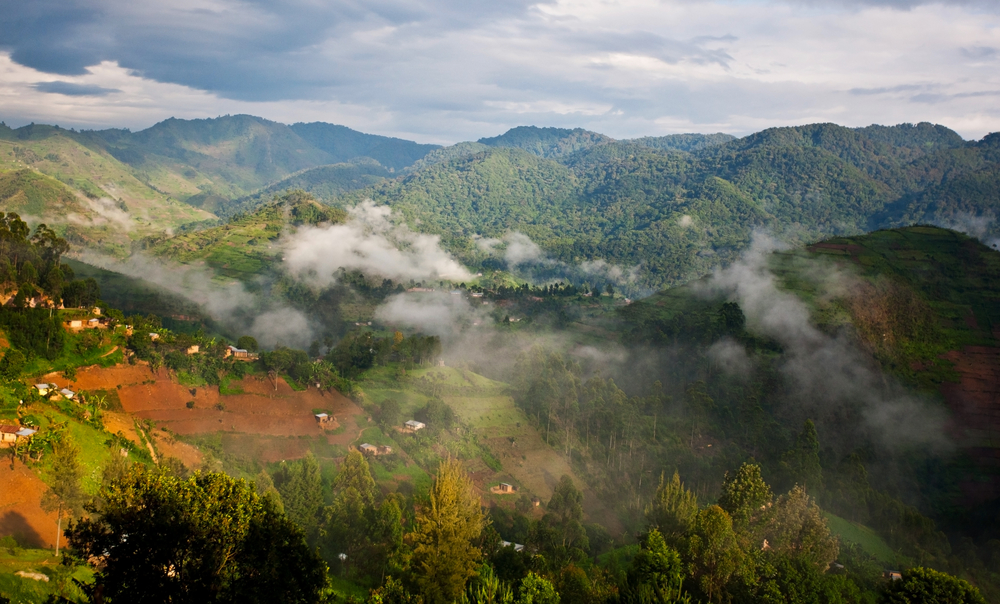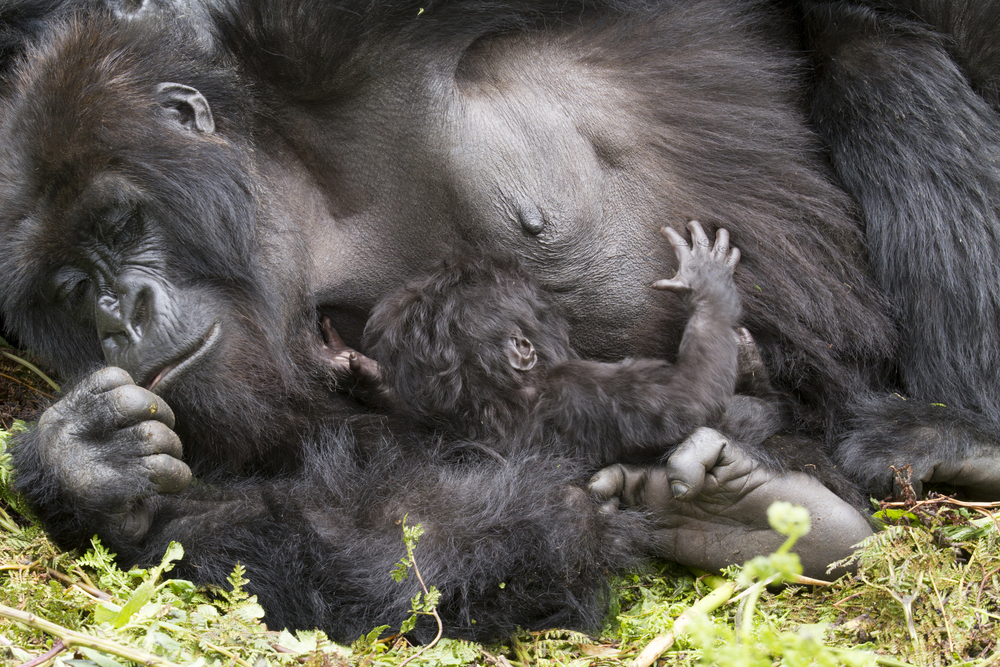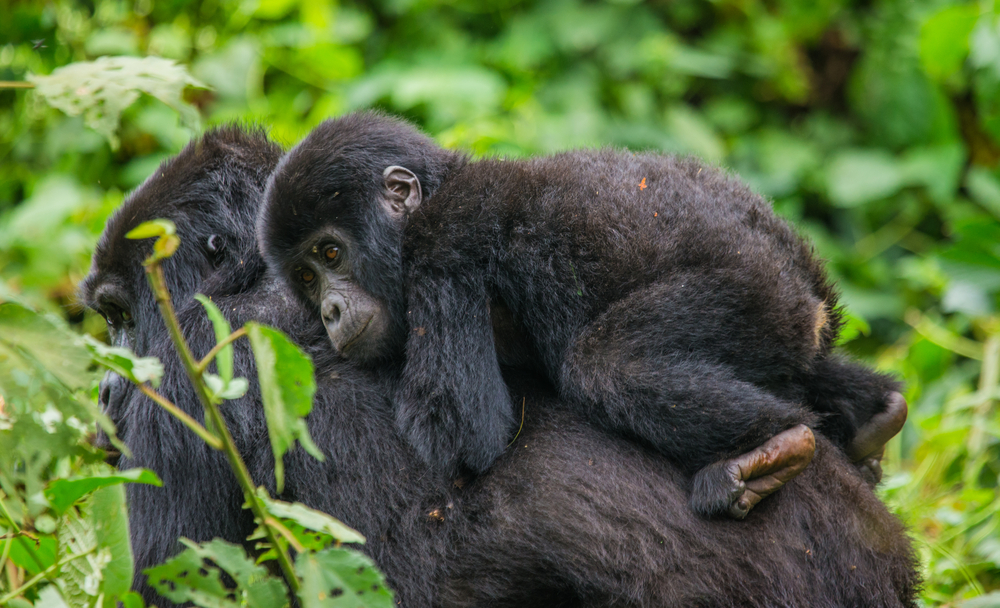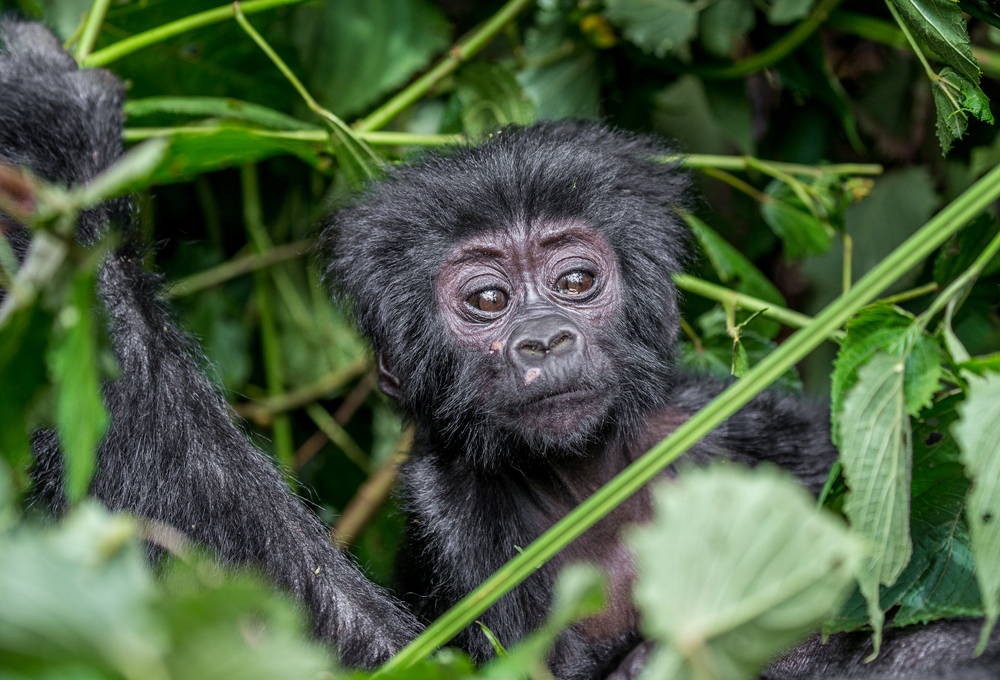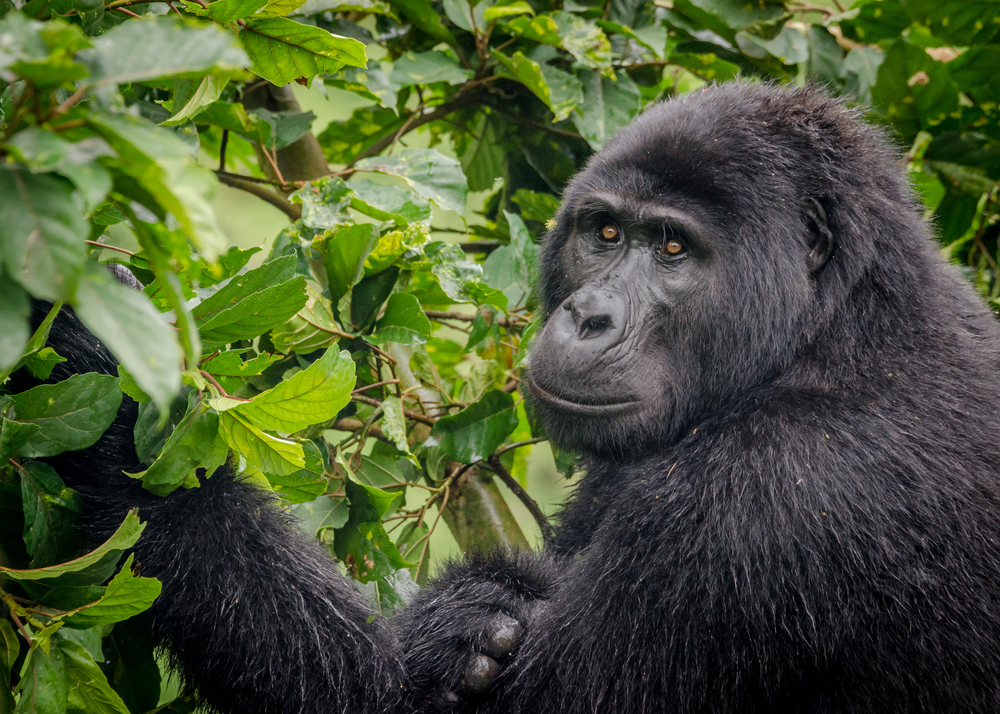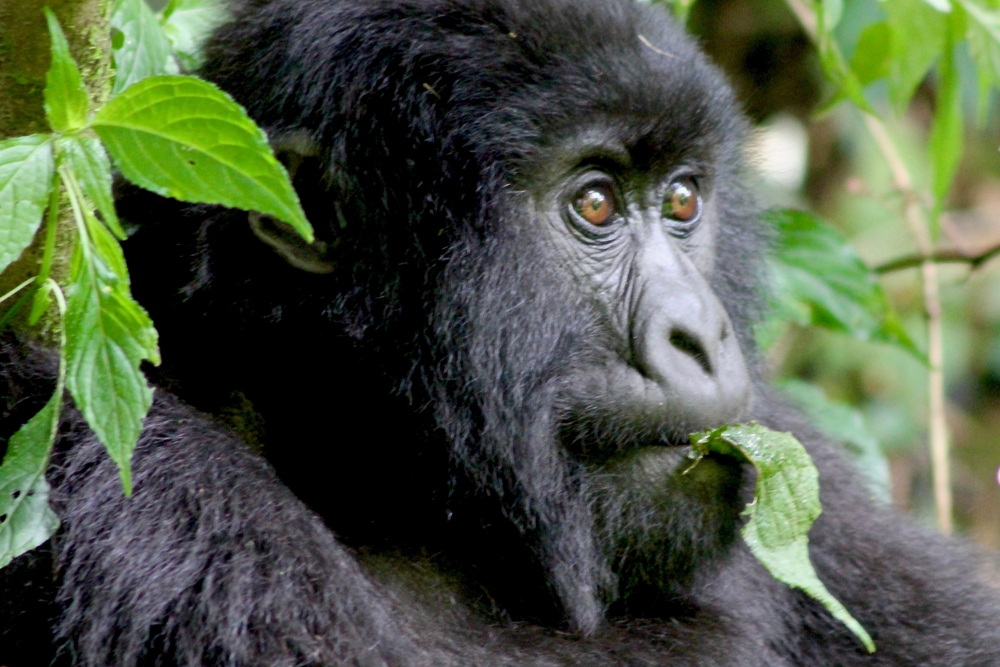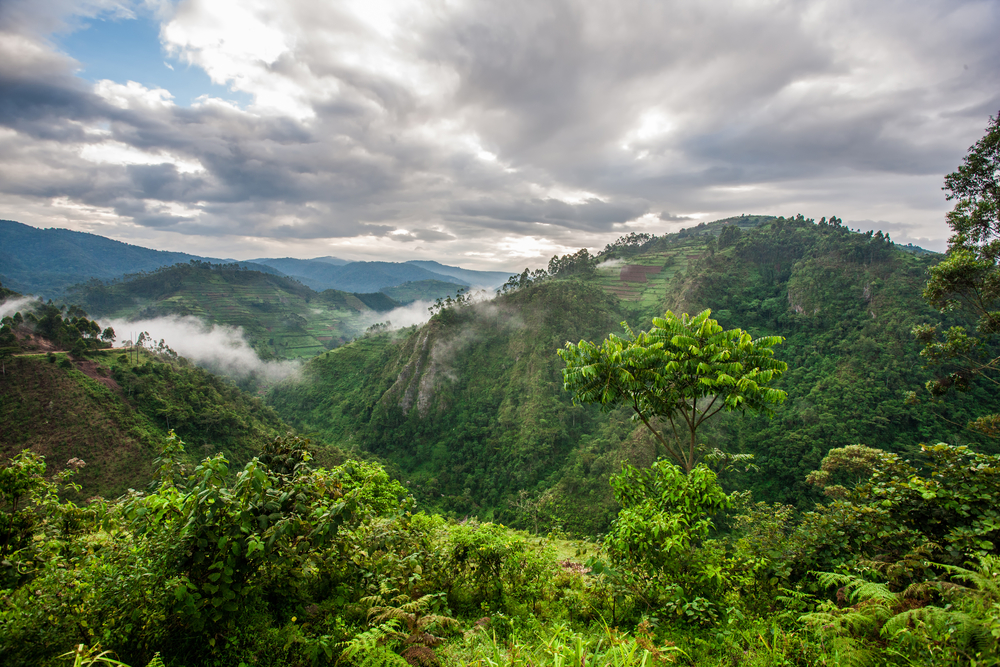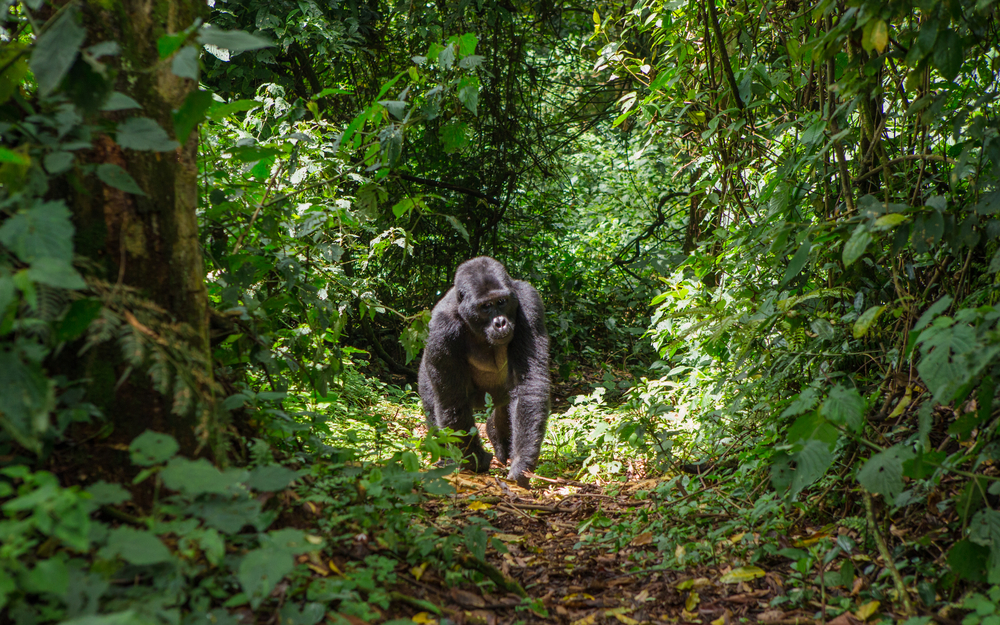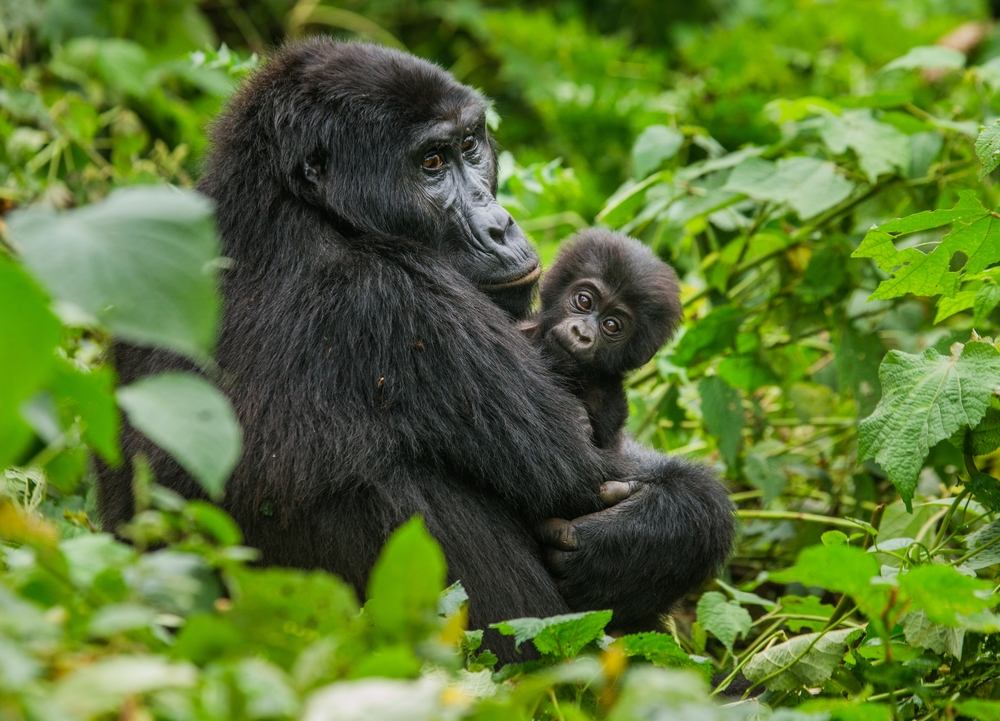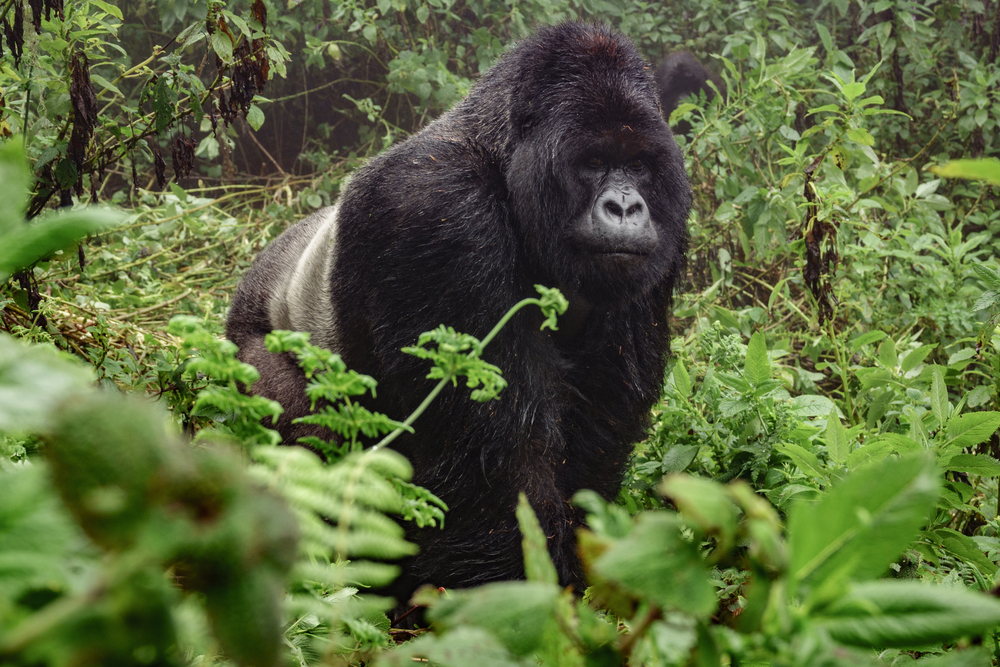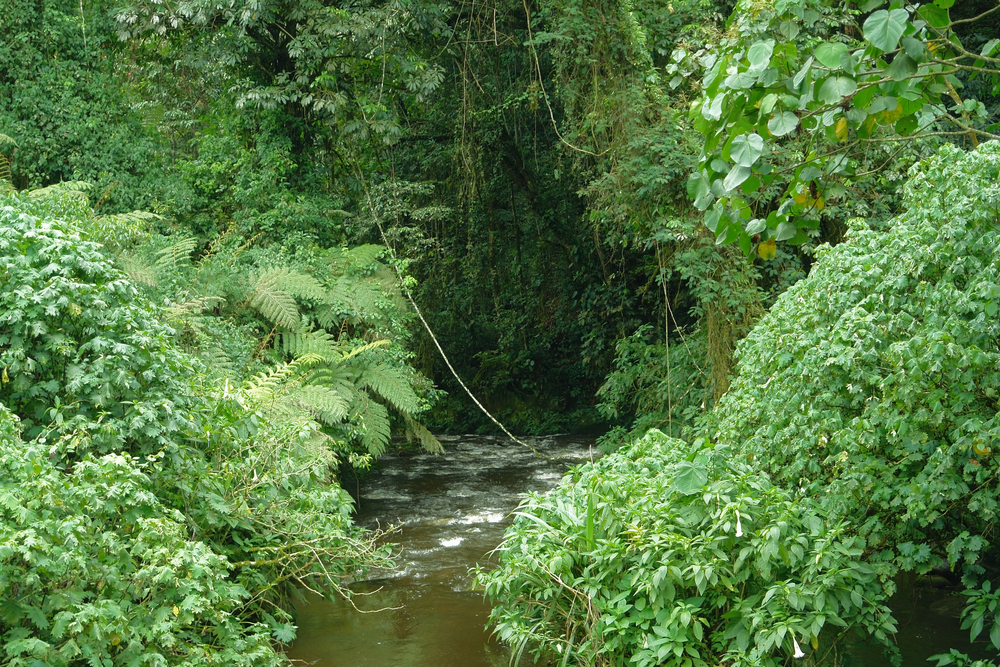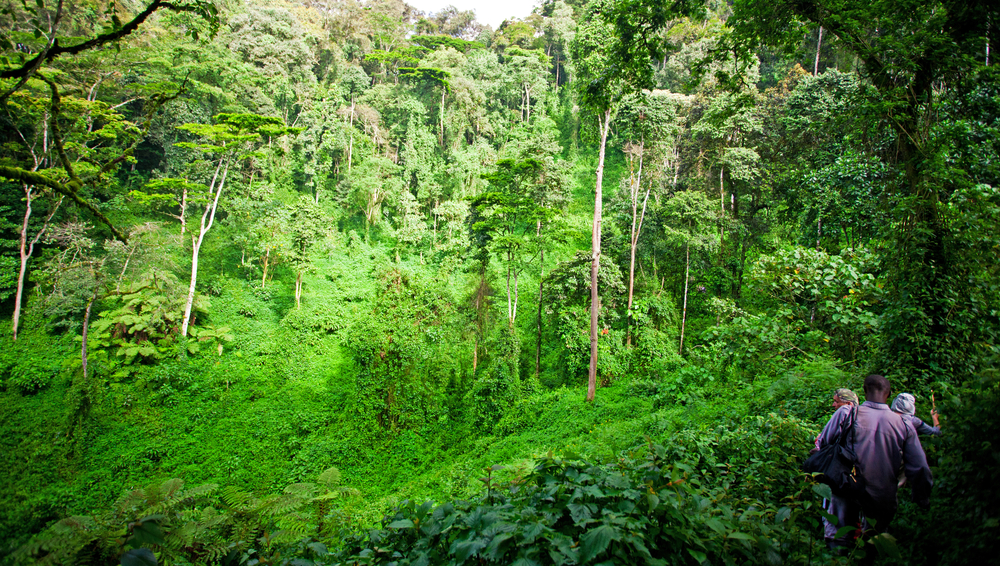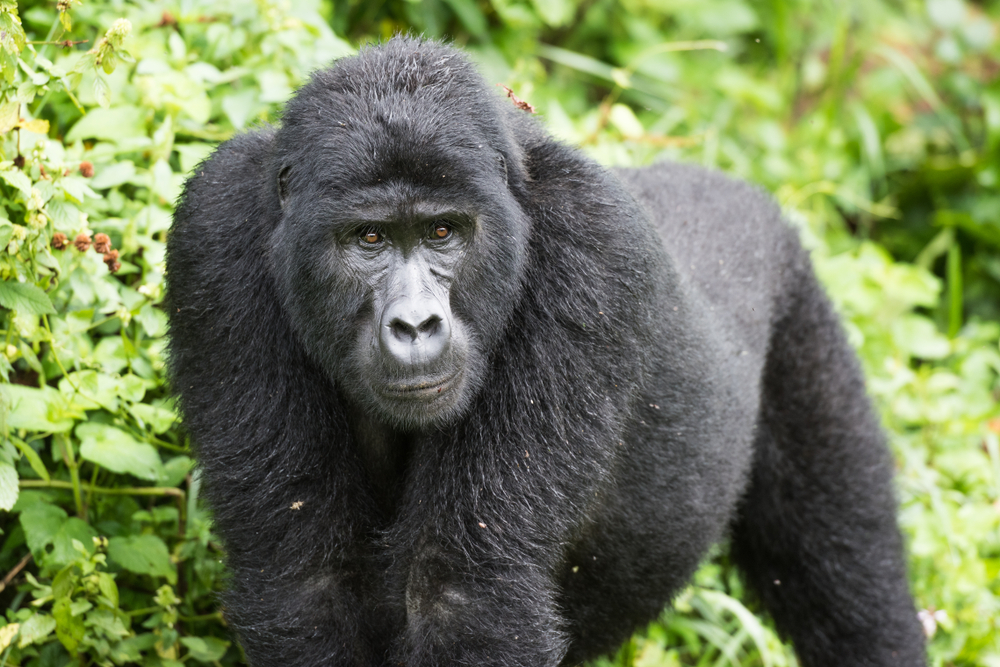Bwindi Impenetrable Overview
Bwindi Impenetrable National Park, a UNESCO World Heritage site since 1994, is nestled in the mist-covered hillsides of southwestern Uganda. This ancient rainforest, one of the few in Africa to have flourished throughout the last Ice Age, spans approximately 321 square kilometers (124 square miles) of dense undergrowth and mature trees. Established in 1991, the park is an ecological treasure trove, renowned for its exceptional biodiversity and as a sanctuary for roughly half of the world’s remaining mountain gorillas.
The park’s rugged landscape, with its steep valleys and high ridges, is not only a dramatic backdrop but also a complex ecosystem that supports a vast array of species. In addition to its famous gorillas, Bwindi is home to over 120 species of mammals, including several primate species such as chimpanzees, L’Hoest’s monkeys, and black-and-white colobus monkeys. It also boasts over 350 species of birds, including several Albertine Rift endemics, 220 species of butterflies, and more than 1,000 flowering plant species.
Gorilla trekking is the park’s most sought-after activity, offering visitors a once-in-a-lifetime opportunity to observe these magnificent creatures in their natural habitat. The experience of trekking through the forest’s dense foliage to spend time with a gorilla family is profound and deeply moving, highlighting the importance of conservation efforts to protect these critically endangered animals.
Bwindi’s rich biodiversity extends beyond its wildlife. The forest plays a critical role in regulating the surrounding area’s climate and provides vital ecosystem services, including water, to local communities. The park’s cultural significance is also profound, with indigenous Batwa pygmies, who were the forest’s original inhabitants, offering cultural performances and guided walks that share their traditional knowledge of the forest and its uses.
Bwindi Impenetrable National Park is not just a conservation success story; it is a living reminder of the ancient world, offering profound insights into the interconnectedness of ecosystems and the importance of preserving our planet’s natural heritage.
Park Map
Bwindi Impenetrable National Park Highlights
Engaging Bwindi
Places to Stay
Bwindi Impenetrable National Park Trails
Sources
- Africa Geographic Travel, Bwindi Impenetrable National Park, https://travel.africageographic.com/destinations/uganda/bwindi-impenetrable-national-park/#information, retrieved March 2024.
- Bwindi Impenetrable National Park, Park Site, https://www.bwindinationalparkuganda.com/, retrieved March 2024.
- Discover Africa, Bwindi Impenetrable National Park, https://www.discoverafrica.com/safaris/uganda/bwindi-impenetrable-national-park/, retrieved March 2024.
- Uganda Wildlife Authority, Bwindi Impenetrable National Park, https://www.ugandawildlife.org/explore-our-parks/parks-by-name-a-z/bwindi-impenetrable-national-park, retrieved March 2024.
- UNESCO, Bwindi Impenetrable National Park, https://whc.unesco.org/en/list/682/, retrieved March 2024.











































































